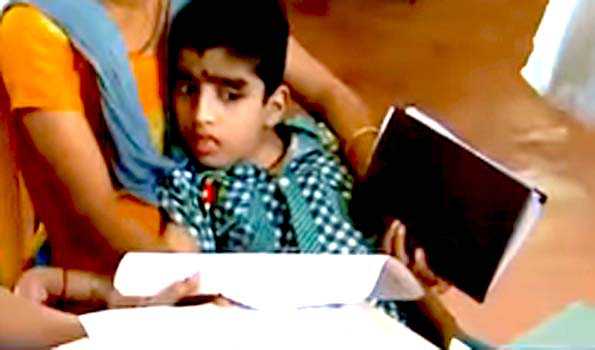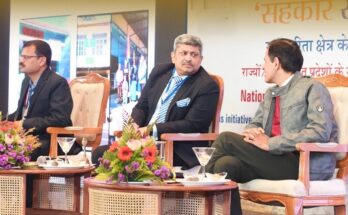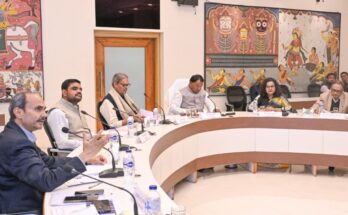By K.P. Pushparaj
Endosulfan, an organochlorine insecticide that is being phased out globally, continues to haunt the victims and their relatives here for the last two decades.
The story of the miseries and protests by victims and their families continue even today.
The two-decade long aerial spraying of the pesticide by the Kerala State Plantation Corporation on various crops across the state, the cashew plantations widespread in Kasaragod district in particular, till 2001, resulted in the mental and physical disorders of the people living in and around these plantations.
In fact, the toxicity of the dreaded chemical had played havoc in the lives of the people of the district, the eastern belt much harder. More than the adults, the health effects of the poisonous chemical deformed mentally and physically the then new-borns and children, leaving them to suffer for over two decades, by now.
End of the endosulfan era
The ill-effects of the later-banned agrochemical had been brought to limelight by activists and environment organisations by the turn of the new millennium.
The very first warning against the pesticide came in 1978 from Dr Mohankumar, a local medical practitioner, who observed increased incidents of mental disorders and congenital anomalies. Later in 1998, Leelakumari Amma, a staff of Periya Krishi Bhavan, noticed and brought to the notice of the authorities the deteriorating health of her own children. Moving legally, Leelakumari got a favourable verdict from a local court and got the spraying of the pesticide banned, locally.
Thanks to the public protests and legal interventions, the pesticide was banned from using anywhere in 2003. By then, Kasaragod and the damage done by the pesticide came into global limelight only to conduct more intensive studies and court cases. It was in mid-2000 that the real but tragic story of the dreaded chemical unfolded with incidents of deformities of victims reported from several parts of the district.
Forced to act swift and committed, the government formed endosulfan Relief and Remediation Cell in the district in 2007 that followed with the rehabilitation and relief works across the district. A detailed survey and medical intervention by health authorities revealed increased incidence of delayed puberty, abortions, congenital anomalies, mental and physical disorders and even cancers on account of the spraying of the agrochemical insecticide Endosulfan.
A comprehensive study-cum-consultative workshop organised by TANAL, a local environment group and the district panchayat held in August 2005, documented the devastating episodes of endosulfan-inflicted health disorders and formulated a comprehensive package for relief and rehabilitation of the victims, which was the foundation all the remedial measures that followed from time to time.
Compensation and rehabilitation with healthcare
It was a year ago, in January last, that the Supreme Court, directed the state government to pay Rs.500 crores as compensation to the then-identified 5,000-odd endosulfan victims. The division bench of the apex chaired by Chief Justice JS Khehar, also directed the Kerala government to consider setting up a medical facility to provide lifelong treatment to victims. Acting on a petition, the National Human Rights Commission had also ordered proper rehabilitation and healthcare of the victims.
Though the state government had compensated a portion of the victims by paying two to Rs.5 lakh to each, it has been alleged that many a victim did not figure in the list of beneficiaries. The failure on the part of the authorities in properly caring the medical needs of the victims were also been in the air but with silent protests and reminder petitions, thanks to the directions from the apex court and the NHRC.
The prime demand of the affected people of Kasaragod is to include all the victims of endosulfan, battling with various types of health disorders, from mental deformity to cancerous diseases. The demand to adhere strictly the 2018 order of the Supreme court comes next.
Despite the fact that the SC order was passed in a petition filed by DYFI, the youth wing of the ruling CPI(M) directing payment of a compensation amounting to Rs.5 lakh and lifetime treatment of the victims, the state government is yet to implement the order fully. Not only that only half or just over it out of the 5,000-odd victims were paid compensation, but the payment was not in tune with the SC directive, allege activists closely monitoring and agitating for the cause of the endosulfan victims.
According to the environmental activists, there has been attempts to dilute or neglect the legitimate rights of the victims over these years. The new fast-unto-death agitation is aimed at putting pressure on the government to expedite the implementation of the benefits to the victims, whose life has been miserable for years, say the Endosulfan Peeditha Janakeeya Munnani secrtary Ambalathara Kunjikrishanan.
But, even after all the miseries and court rulings, none other than the apex court itself and a directive by the National Human Rights Commission, the victims and their family are forced to stage yet another session of protest, this time fast-unto-death, at Thiruvananthapruam from Wednesday. Right activist Daya Bai is in the forefront of the protestors, mothers of the 50-odd endosulfan victims from Kasaragod.(UNI)




